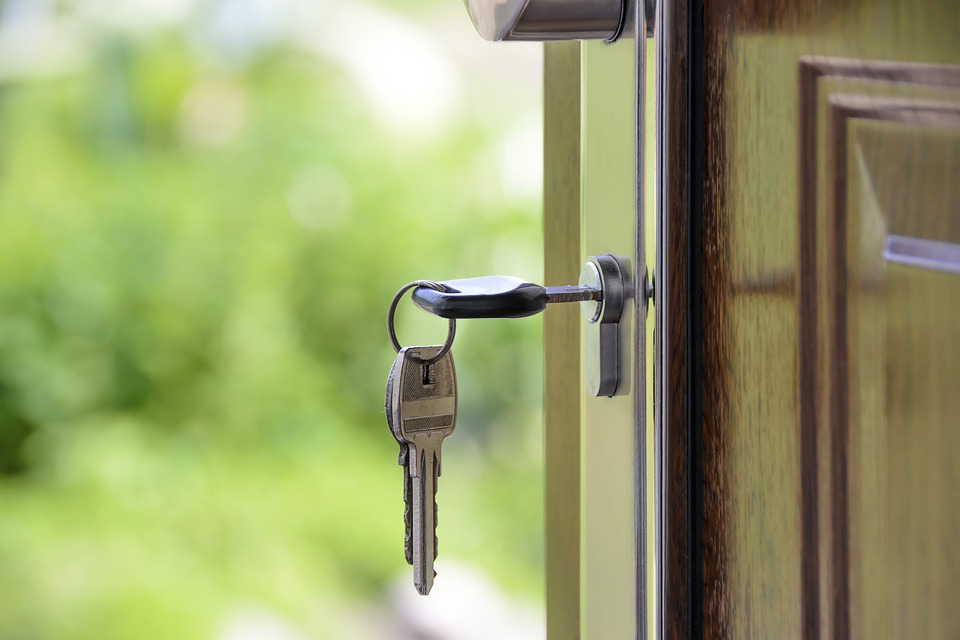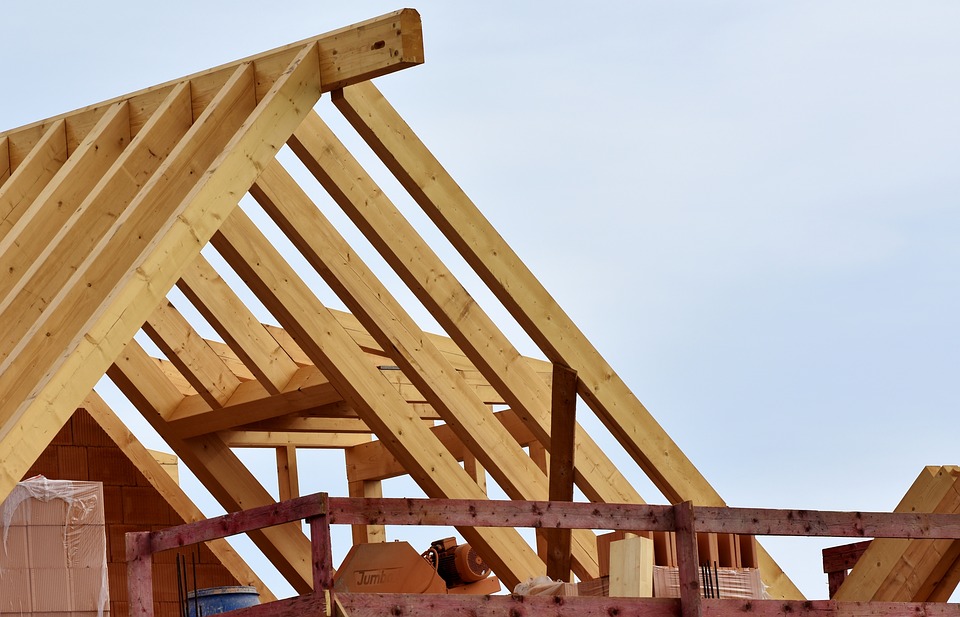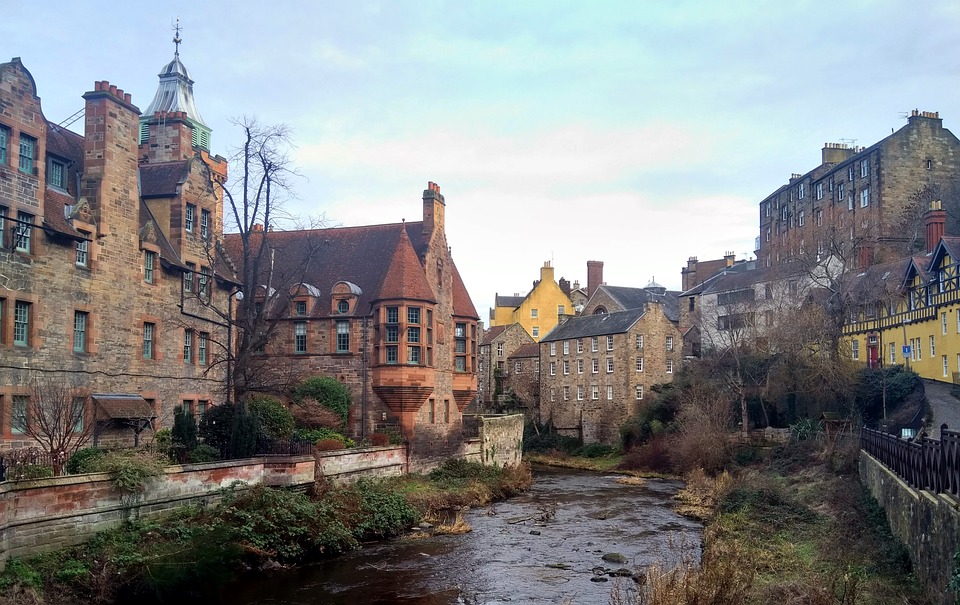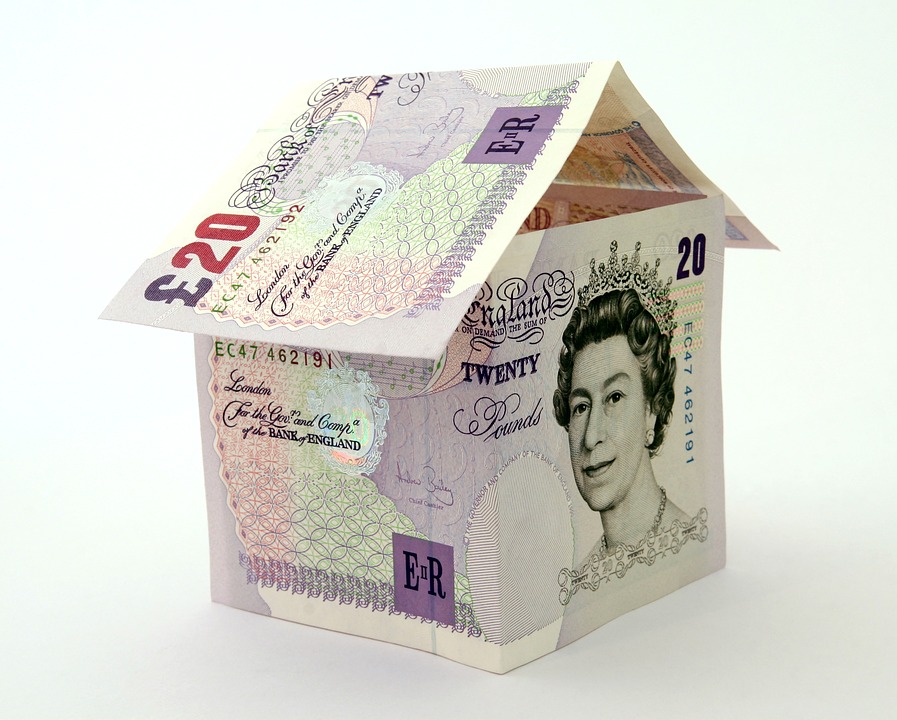Total new housing supply in Scotland (new builds, refurbishments and conversions) increased by 15% in 2018-19, to 22,273 new housing units, or 2,953 more homes than the previous year, the sixth consecutive annual increase in total housing supply, and the highest annual figure since 2008-09.
Two sets of housing statistics have been released today by Scotland’s Chief Statistician. The Annual Housing Statistics update includes information on total new housing supply in Scotland across all sectors to end March 2019, and on stock by tenure estimates up to end of March 2018, along with information on various elements of local authority housing in 2018-19 such as stock, lettings, house sales, evictions, housing lists, and housing for older people and people with disabilities.
The Quarterly Housing Statistics update includes latest quarterly information on new build housing and affordable housing supply. The affordable housing supply statistics are used to inform the Scottish Government target to deliver 50,000 affordable homes, including 35,000 homes for social rent, over the period 2016-17 to 2020-21, and reflect the number of affordable homes delivered that have received some form of government support through loans, grant or guarantees. A new section has been added that compares how the level of affordable housing supply per head of population varies between Scotland and other UK countries, to help meet demand for cross country analysis on this.
Key findings from the Annual Housing statistics update:
New housing supply: New housing supply (new build, refurbishment and net conversions) increased by 15% between 2017-18 and 2018-19, from 19,320 to 22,273 new homes.
Housing supply figures include private-led and social sector new builds, as well as conversions and rehabilitations. Housing association new builds increased by 1,041 homes (33%) and private-led new builds increased by 2,679 homes (21%), whilst local authority new builds decreased by 51 homes (3%), refurbishments decreased by 642 homes (67%) and net conversions decreased by 74 homes (10%).
New house building: In 2018-19, 21,292 new build homes were completed in Scotland, an increase of 3,669 homes (21%) on the 17,623 completions in the previous year, the sixth consecutive annual increase and the highest annual number of completions since 2007-08. During the same time-period the number of homes started increased by 3,160 homes (16%) from 19,604 to 22,764.
Affordable housing: (As previously reported on 11 June 2019): In 2018-19, there were 9,554 units completed through all Affordable Housing Supply Programme (AHSP) activity, an increase of 994 units (12%) on the previous year. Approvals decreased by 547 units (5%) in the latest year to 11,130 in 2018-19, and starts increased by 303 units (3%) to reach 10,872. This activity represents the first three years in the target period to build 50,000 affordable homes, including 35,000 for social rent, over the five year period from 2016-17 to 2020-21.
Stock by tenure: As at 31st March 2018, there were an estimated 2.6 million dwellings in Scotland, an increase of 1% (20,000 dwellings) compared to 2017. The number of owner occupier households increased by an estimated 3%, and the number of housing association homes increased by 1%, whilst the number of local authority homes showed little change year on year (0%), and the number of dwellings rented privately (including with a job/business or rent-free) decreased by an estimated 6%.
Sales of local authority dwellings (Right to Buy): Sales of public authority dwellings (including local authorities with total stock transfers) fell by 96% between 2017-18 and 2018-19, to 76. This decrease follows the Right to Buy scheme closing to all new applicants in July 2016. It is expected that sales will continue to fall further in the next year as the number of applications remaining in the system falls closer to zero:
Local authority housing stock: At 31 March 2018, there were 315,625 local authority dwellings in Scotland, an increase of 1,192 units (0.4%) from the previous year, and the first annual increase in local authority stock seen in this time series since 1980.
Vacant stock: Local authorities reported 7,409 units of vacant stock at 31 March 2019, 269 units more than the 7,140 vacant units in the previous year. There were increases in units awaiting demolition (an increase of 141 units), and vacant normal letting stock (an increase of 171 units), with vacant units used as temporary accommodation for the homeless and vacant units in low demand areas showing similar totals to the previous year, and vacant units as part of a modernisation programme falling by 55 units.
Lettings: During 2018-19 there were 26,455 permanent lettings made, an increase of 789 units (3%) compared to 25,666 lettings in the previous year. There were 10,952 lets to homeless households in 2018-19, which equates to 41% of all permanent lets by local authorities.
Evictions: Eviction actions against local authority tenants resulted in 1,440 evictions or abandoned dwellings in 2018-19 (1,007 evictions, 433 abandoned dwellings). This is down 1%, or 20 actions of evictions or abandonments, on the 1,460 in the previous year.
Housing Lists: Household applications held on local authority or common housing register lists increased by 0.4% or 633 households to 158,439 at March 2019, the first annual increase since 2008, although the latest figure is 22% below the 202,235 applications recorded in 2008.
Scheme of assistance: There were 8,655 scheme of assistance grants paid to householders in 2018-19, 394 grants (4%) fewer than in 2017-18. Spend on scheme of assistance grants totalled £28.6 million, around £1.1 million less than in 2017-18. The majority of grants in 2018-19 were for disabled adaptions; 5,458 grants totalling £21.8 million.
Key findings from the Quarterly Housing statistics update to end June 2019
Latest quarterly social sector new build figures up to end June 2019 show that:
between April and June 2019, 856 social sector new build homes were completed (19% less than the 1,060 completions in the same quarter in 2018), and 1,193 were started (5% more than the same quarter in the previous year). This brings the total completions for the 12 months to end June 2019 to 5,378 (a 13% increase on the 4,778 social sector homes completed in the previous year). Total starts over the 12 months to end June 2019 are now at 6,776 (2% more than the 6,611 started in the previous year)
Latest quarterly Affordable Housing Supply figures (new builds, rehabilitations and off-the-shelf purchases) up to end June 2019 show that:
affordable housing supply completions have totalled 9,128, up 7% (633 homes) on the previous year. This includes increases in social rent completions (up by 23% or 1,189 homes) and affordable rent completions (up by 21% or 187 homes), and a decrease in affordable home ownership completions (down 30% or 743 homes)
there were 10,844 affordable housing approvals over the year up to end June 2019, down by 9% or 1,088 homes compared to the previous year. This includes decreases in affordable rent approvals (down 55% or 1,403 homes) and affordable home ownership approvals (down 25% or 620 homes), with an increase in social rent approvals (up 14% or 935 homes)
there were 10,370 affordable houses started in the year to end June 2019, down 2% or 246 homes compared to the previous year. This includes decreases in affordable rent starts (down by 43% or 792 homes), and affordable home ownership starts (down by 10% or 237 homes), but an increase in social rent starts (up 12% or 783 homes)
The affordable housing supply statistics are used to inform the Scottish Government target to deliver 50,000 affordable homes, including 35,000 homes for social rent, over the period 2016-17 to 2020-21, and reflect the number of affordable homes delivered that have received some form of government support through loans, grant or guarantees.
Background
Note that the new build starts figures quoted in this Statistical News Release contain information on approvals rather than starts for housing associations. This is because the data held on approvals for housing association new builds is considered to be a more robust measure than the data held on starts. An approval is the point in time at which Scottish Government funding is granted through the Affordable Housing Supply Programme. Further information on this is available in the explanatory document providing background information on the quarterly statistics.
The Affordable Housing Supply Programme statistics include off-the-shelf purchases and rehabilitations as well as new build.
Social Rent includes Housing Association Rent, Council House Rent as well as Home Owner Support Fund Rent
Affordable Rent includes Mid-Market Rent (MMR), National Housing Trust (NHT) Rent as well as other programmes such as the Empty Homes Loan Fund (EHLF) and Rural Homes for Rent (RHfR)
Affordable Home Ownership includes Open Market Shared Equity (OMSE), New Supply Shared Equity (NSSE), Shared Ownership (LCHO) as well as other programmes such as Home Owner Support Fund Shared Equity
The Housing Statistics for Scotland 2019: Annual Key Trends Summary, which presents information on new house building, public sector house sales, local authority lettings and evictions, stock and vacancy rates, supported housing, housing lists, scheme of assistance and houses in multiple occupation, can be found at this address: http://www.gov.scot/ISBN/9781787812307.
The Housing Statistics for Scotland Quarterly Update September 2019, containing details of new house building and the Affordable Housing Supply Programme, can be found at this address: http://www.gov.scot/ISBN/9781787812314.
Background information including Excel tables and an explanatory note on the Quarterly Housing Statistics can be found in the Housing Statistics webpages.
Housing Association and most Local Authority led new build activity is funded through Scottish Government funding programmes. Several changes to these funding programmes in recent years have affected both the trends and seasonal quarterly pattern of new build approvals, so care should be taken when making comparisons over time. These same changes will also impact on the Affordable Housing Supply Programme.
The supply statistics break down new build construction activity into private-led and social sector starts and completions, with the social sector further broken down between local authority and registered social landlord (housing association). The figures are as recorded by Local Authority administrative systems and the Scottish Government Affordable Housing Supply Programme (AHSP) system. Private sector construction activity includes not only homes built for private sale but also some homes which are used in the affordable housing sector and self-build activity by local builders.
Source: Scottish Government




